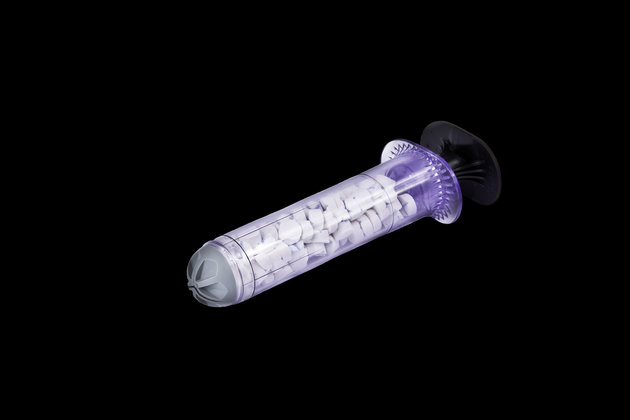Innovative Technique - Formation of Blood Vessel with Sugar
For years we have been cautioned to keep away from sugar. However a latest research has come up with some amazing discoveries which could in fact be very beneficial to all. A research carried out by the Department of Materials Science and Engineering and the School of Clinical Dentistry at the University of Sheffield together with the Interdisciplinary Research Centre in Biomedical Materials Research at COMSATS Institute of Information Technology, Lahore in Pakistan, has disclosed that sugar could be helpful in supporting new blood vessel formation which is also called as angiogenesis.The formation of new blood vessel is vital in the process of wound healing since the blood vessels are inclined in carrying blood in every area of the body that tends to eventually supply the body with oxygen and the nutrients needed for the upkeep of health.
The latest technique of stimulating the formation of the blood vessel with sugar utilised a mixture of simple as well as economical sugar added to a hydrogel bandage. This method which has been effective tends to be much simpler as well as lucrative than the more traditional techniques like adding in expensive short-lived growth factors. This latest method considered as well as established by the research group, functions due to specific group of sugars has the capability of stimulating skin healing.
2 Deoxy-D-Ribose
Professor Sheila MacNeil from the Department of Materials Science and Engineering at the University of Sheffield stated that all over the world people tend to live longer and have been experiencing more non-healing skin wounds related to age, poor blood supply together with diabetes. This tends to be complex to treat and is also expensive for healthcare system to handle.
The latest skin healing method utilising simple sugars has the potentials to assist healing of the wound in a very simple manner which means that patients tend to need less treatment; clinicians can treat more number of patients with the possibilities of savings which can be achieved by national healthcare systems.
Preliminary discovery done by Dr Muhammed Yar from COMSATS Institute of Information Technology, Lahore at the time of his research to comprehend how tumours tend to stimulate new blood vessels and he observed that a naturally occurring sugar – 2-deoxy-D-ribose is said to increase when tumours encouraged new blood vessels to be prepared.
Ground-Breaking Discovery
The team working with Professor Sheila MacNeil together with professor Ian Douglas from the University of Sheffield then investigated the ability of this group of sugars in order to stimulate the formation of new blood vessels as well as the stimulation of wound healing with together produced amazing results.
This ground-breaking discovery is a significant step in developing simple robust as well as economical wound dressing which could be utilised in the treatment of poor-healing wounds like chronic ulcers in the case of the elderly and diabetic ulcers.
The research paper had been in print in Materials today Communications in a paper titled `Deoxy-sugar releasing biodegradable hydrogels promote angiogenesis and stimulate wound healing’, by Muhammad Yar, Lubna Shahzadi, Azra Mehmood, Muhammad Imran Raheen, Sabinian Roman, Aqif Anwar Chaudhry, Ihtesham ur Rehman, C.W. Ian Douglas together with Professor Sheila MacNeil.
Enormous growth had been envisaged by the Faculty of Engineering in the past four years which is a home to 5,400 students together with more than 1,000 staff which makes it one of the largest Institutes in the country. In the 2014 Research Excellence Framework, around 93 percent of the research had been rated internationally excellent or world prominent.
Sheffield - Most Leading Universities
The University of Sheffield is said to be one of the most leading universities in the world with almost 27,000 of the most intelligent students from across 140 countries, education beside over 1,200 of the best academics from all over the world. As member of the prestigious Russell Group of leading research led institutions in UK, Sheffield provides world-class teaching as well as research excellence through a wide range of restraints.
Integrated with the influence of discovery as well as understanding, the staffs together with the students have been dedicated in identifying innovative methods of transforming the world which we tend to live in. Moreover, Sheffield is said to be the only university to be featuring in The Sunday Times 100 Best Not-For-Profit Organisation to Work For 2017 and had been voted as No. 1 University in the UK for Student Satisfaction by Times Higher Education for 2014.
Besides this it has also won four Queen’s Anniversary Prizes for exceptional involvement to the United Kingdom’s intellectual, cultural, economic as well as social life. Sheffield also has six Nobel Prize winners in the midst of earlier staff as well as students and its graduates are said to be holding position of immense responsibility and influence all across the globe. It has thus contributed in making substantial impact in their selected fields.














